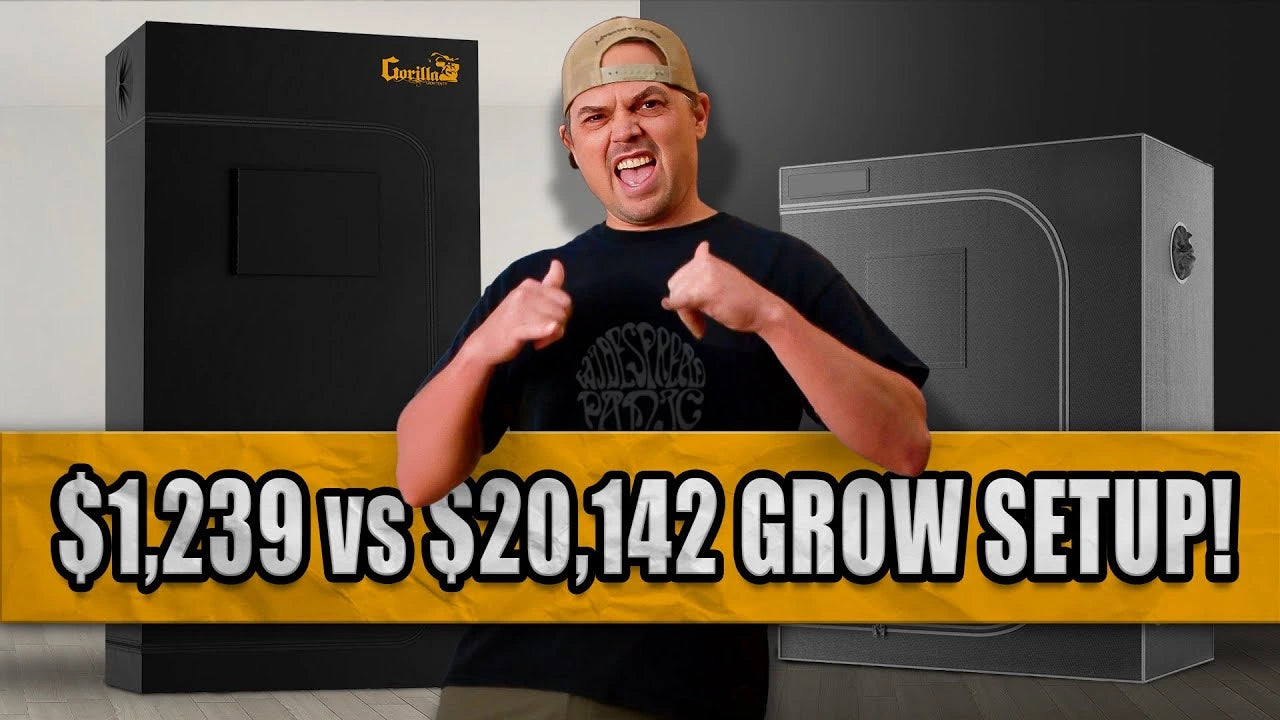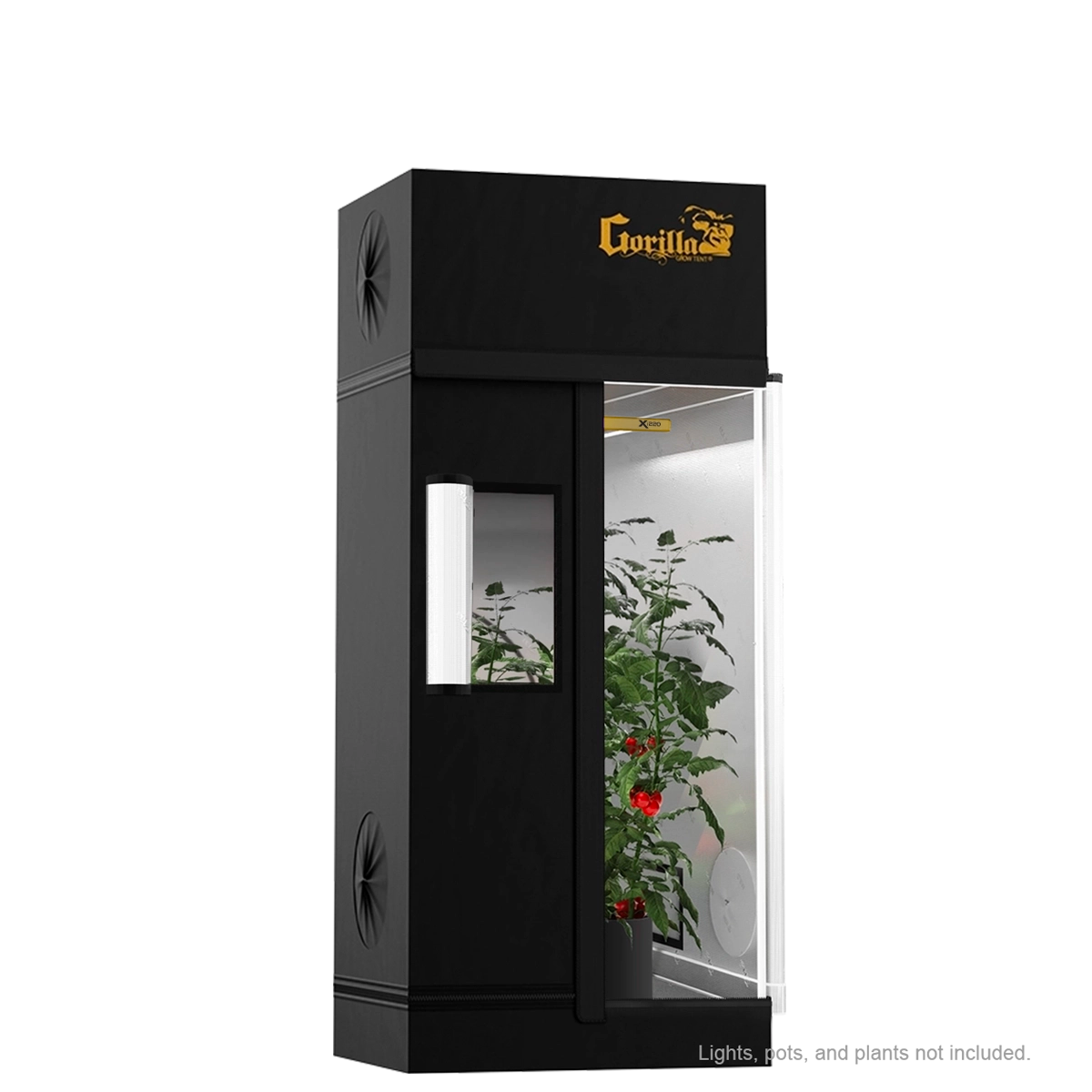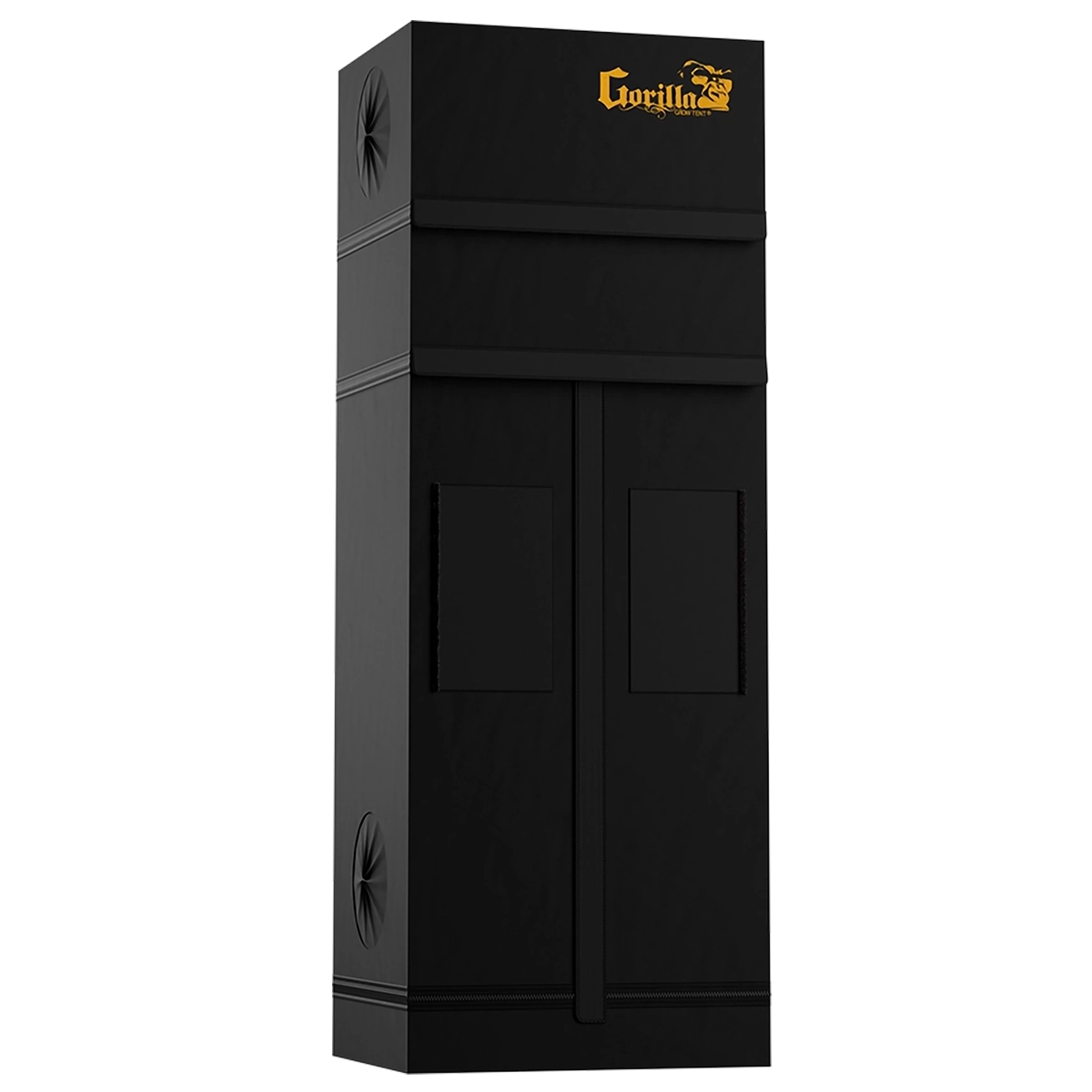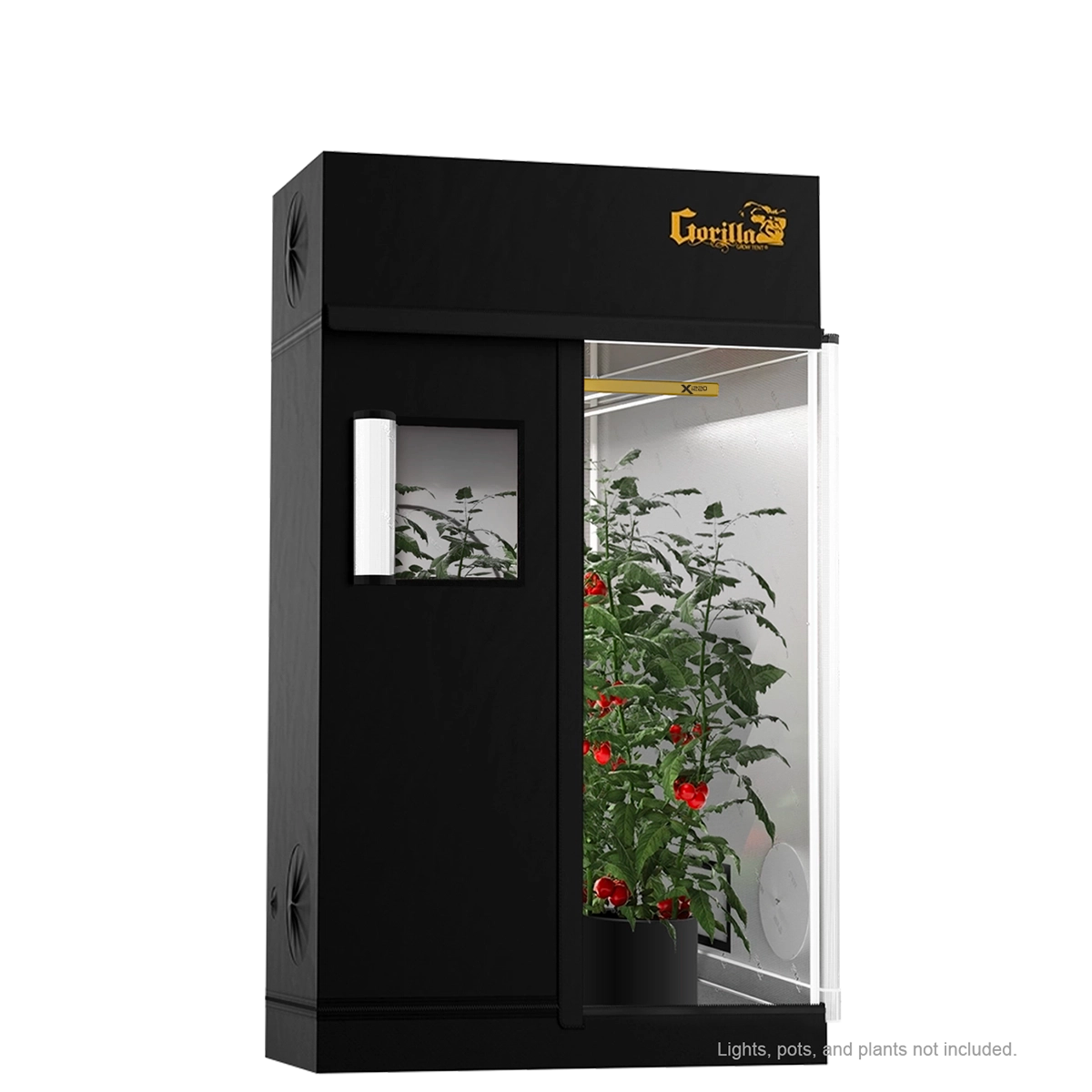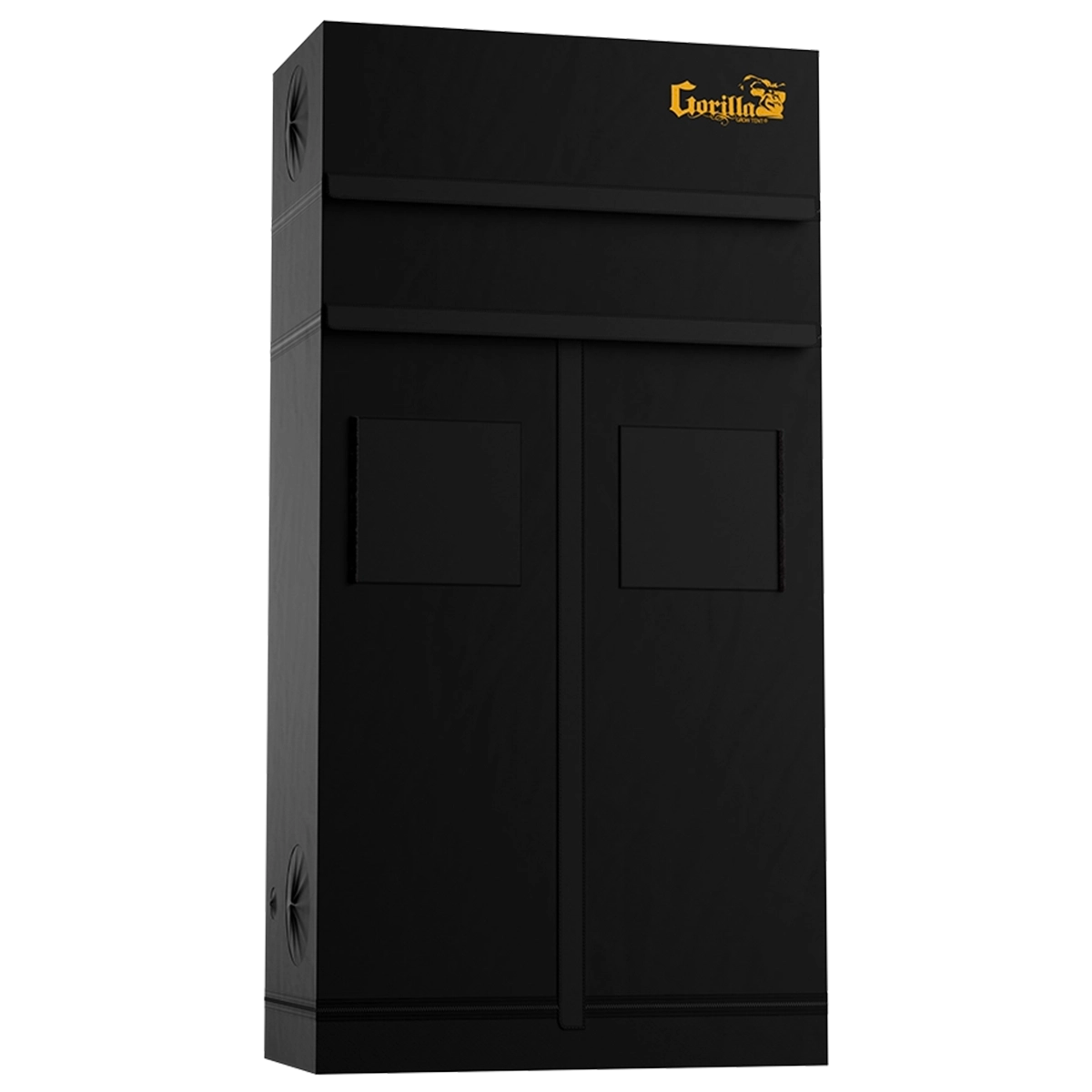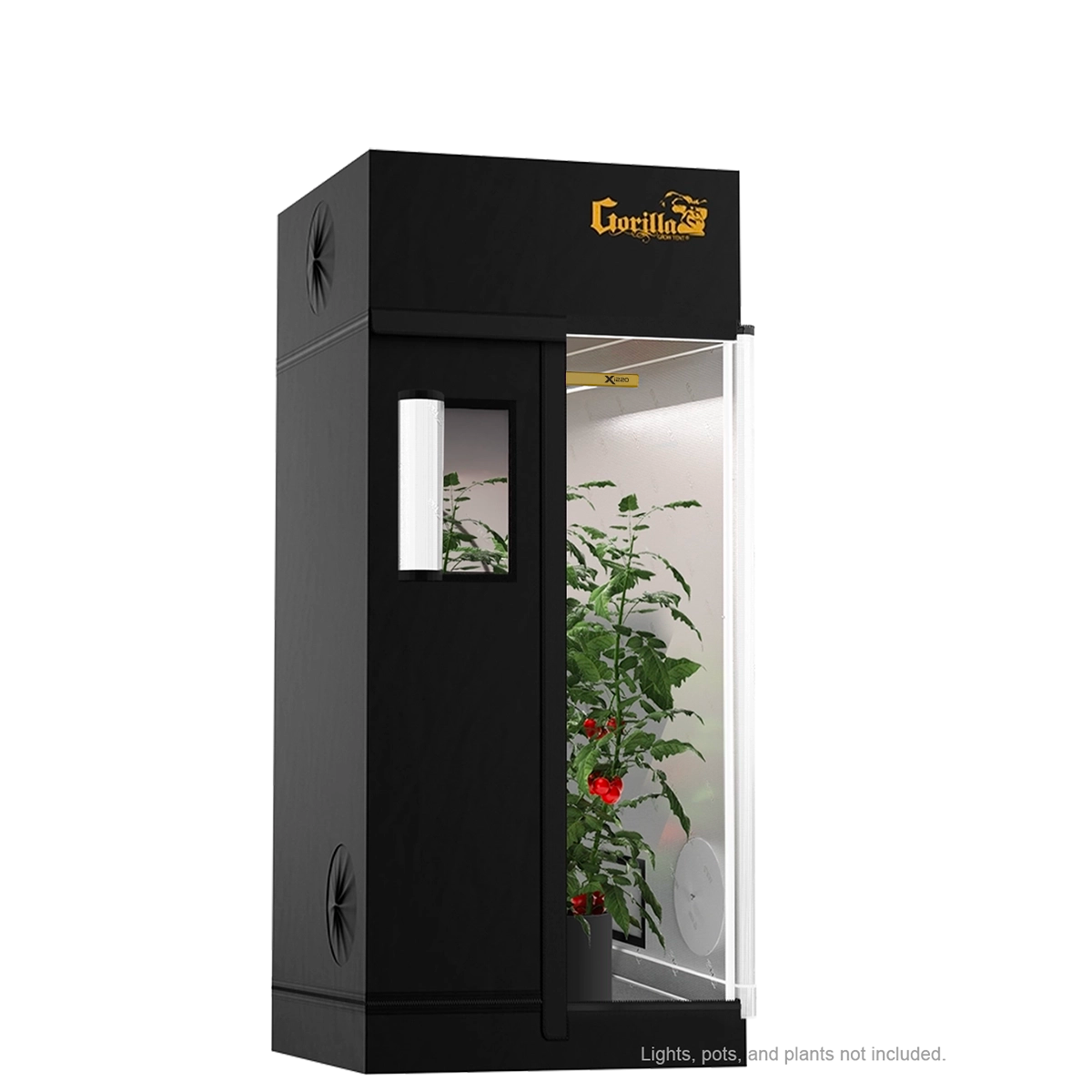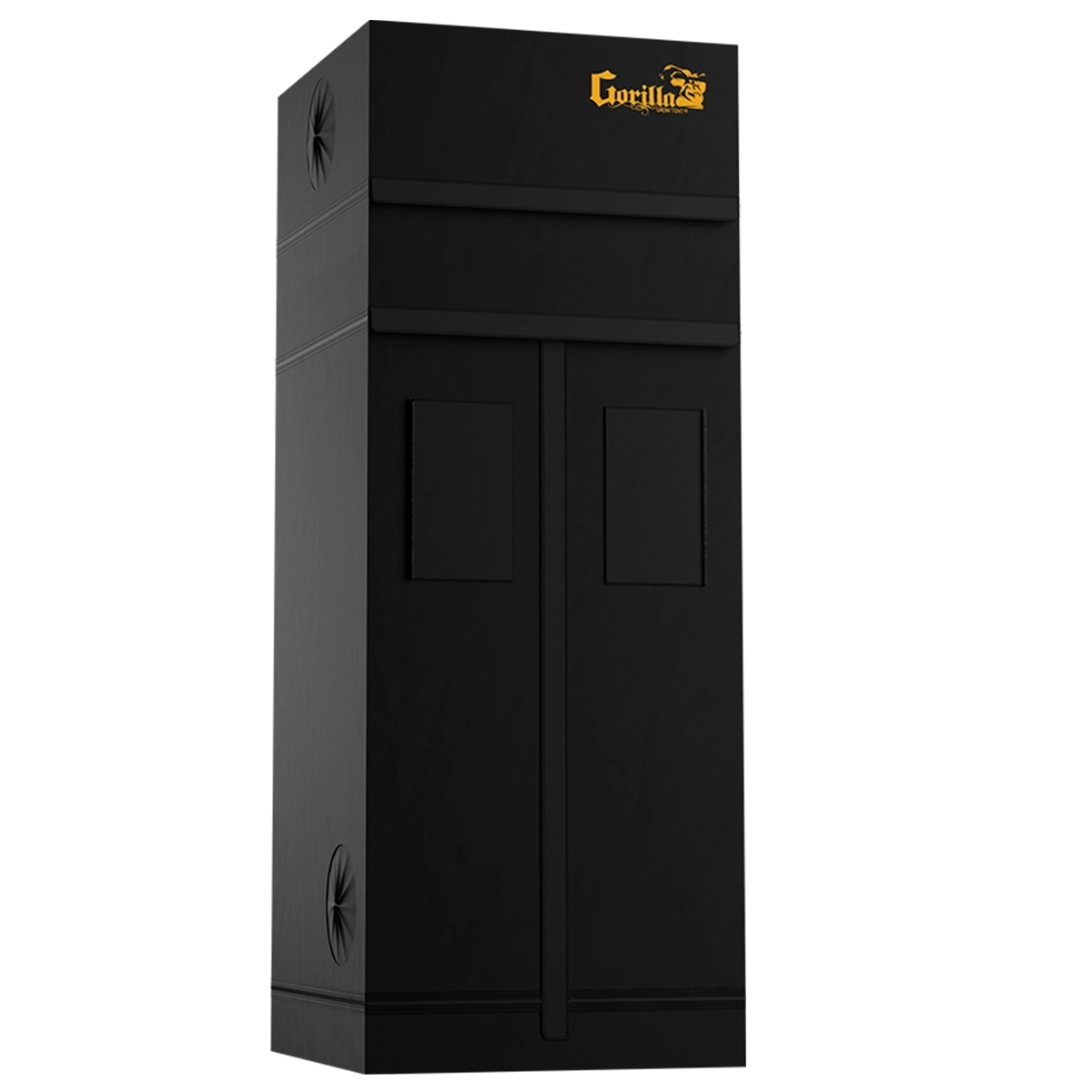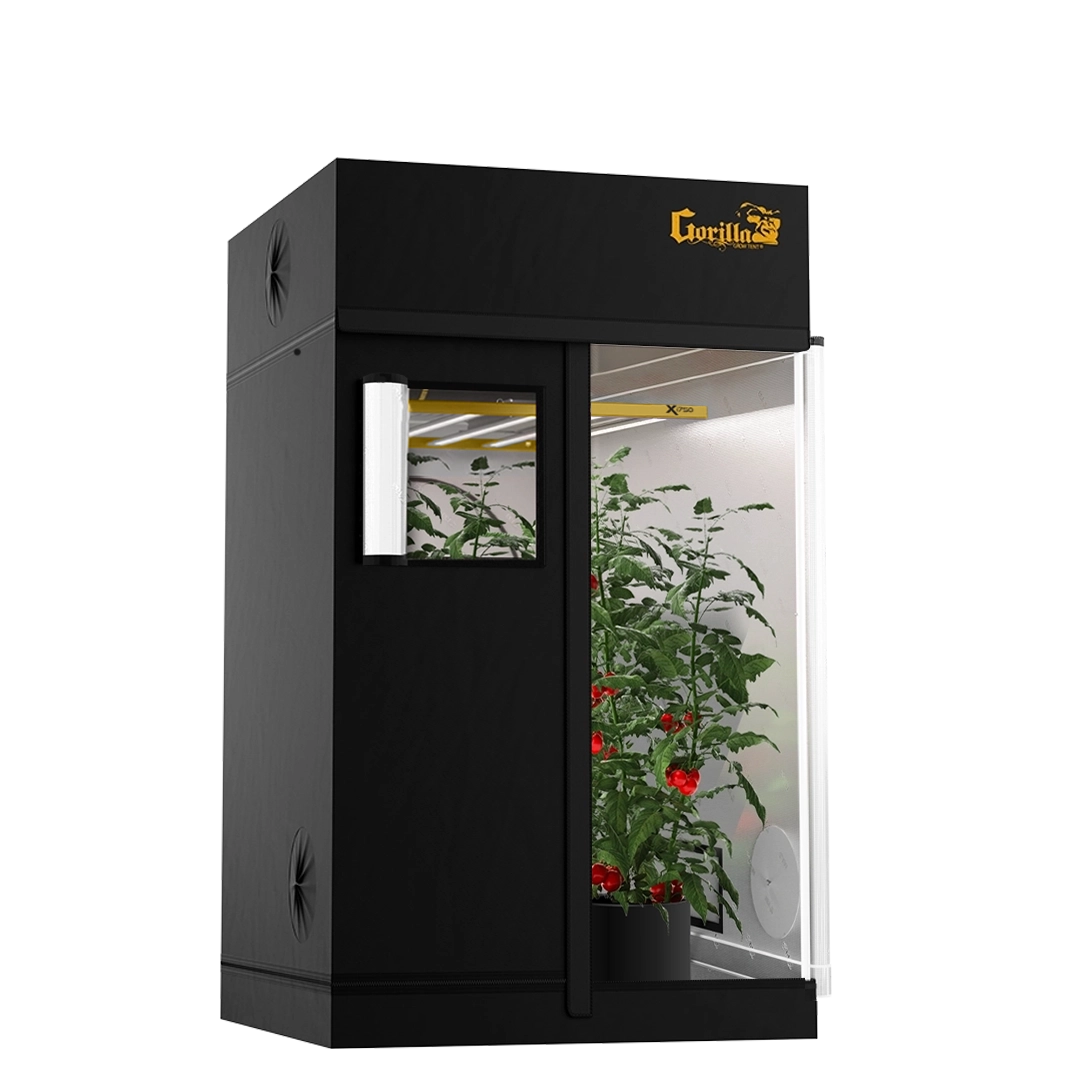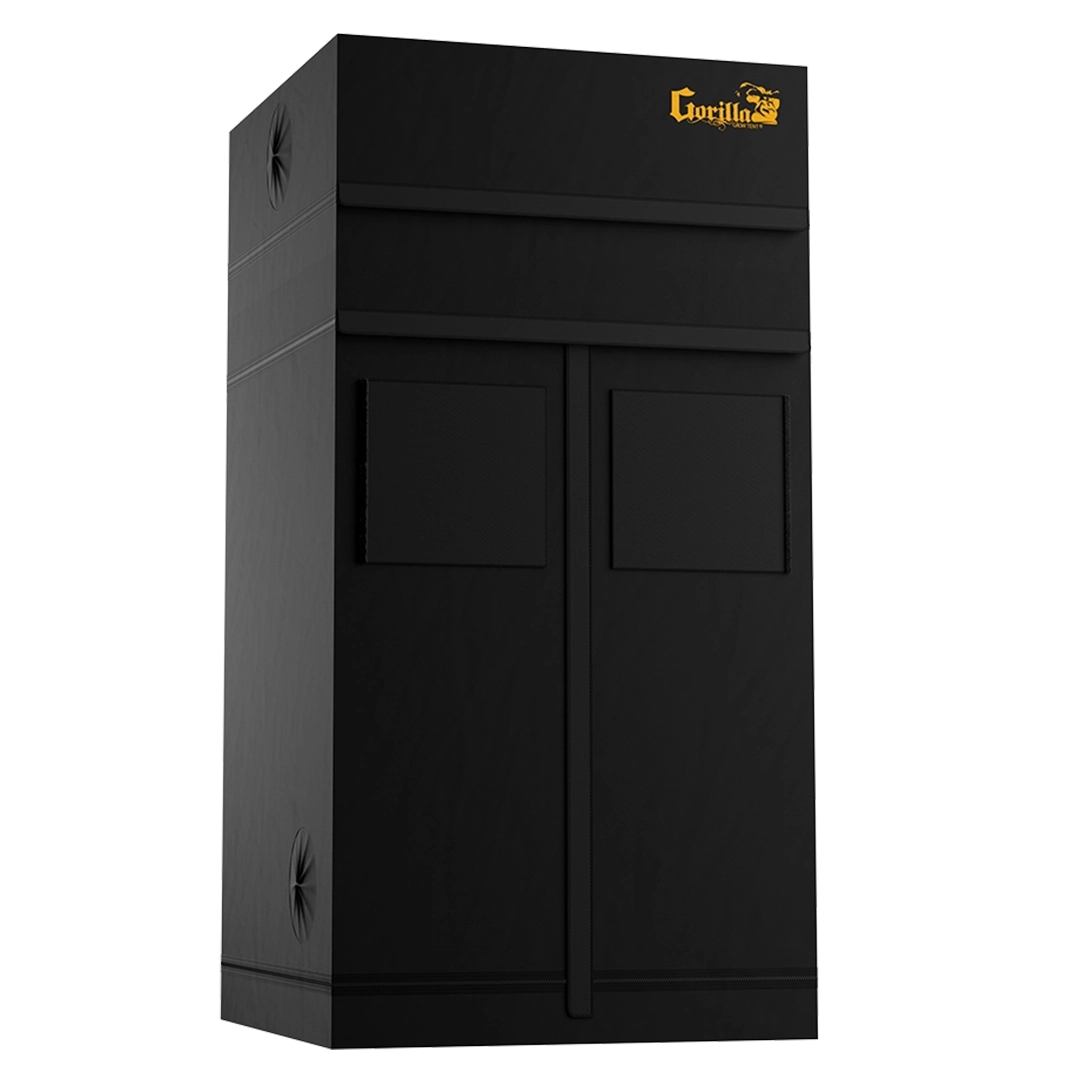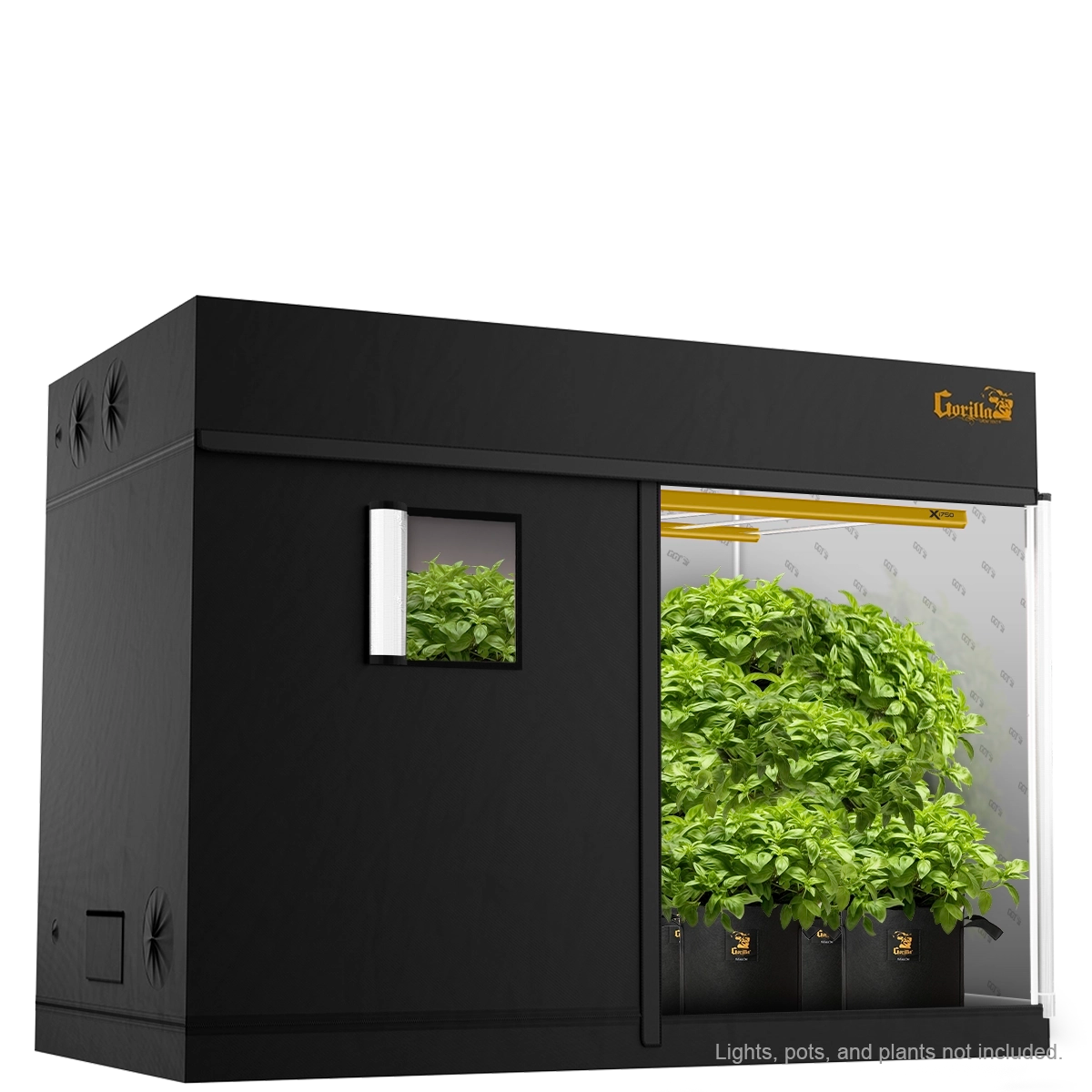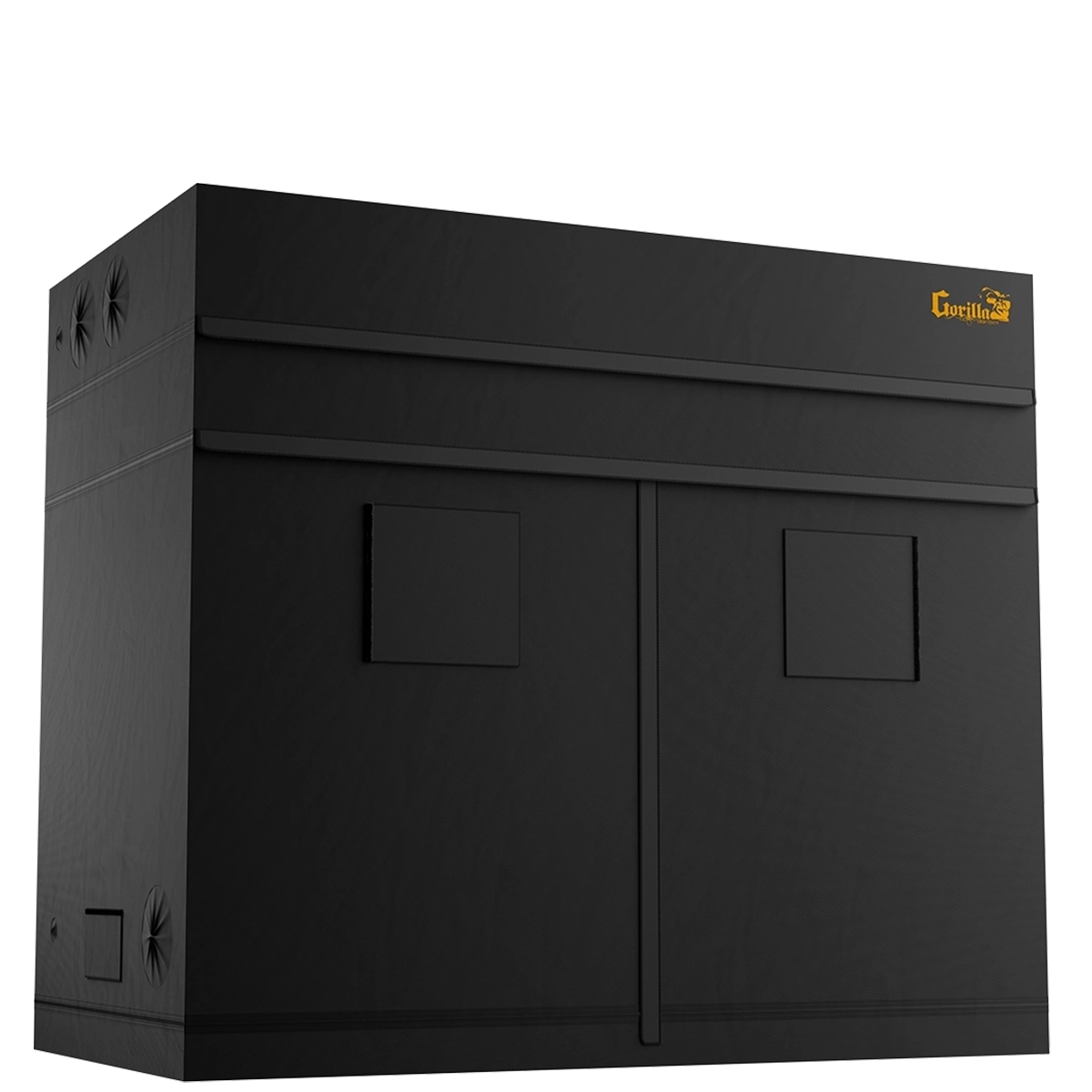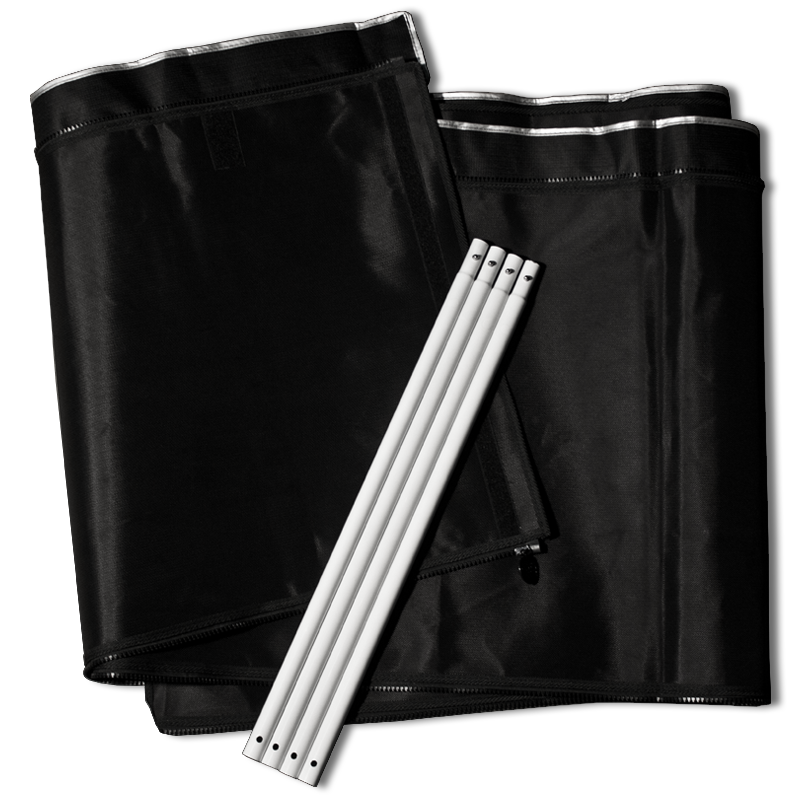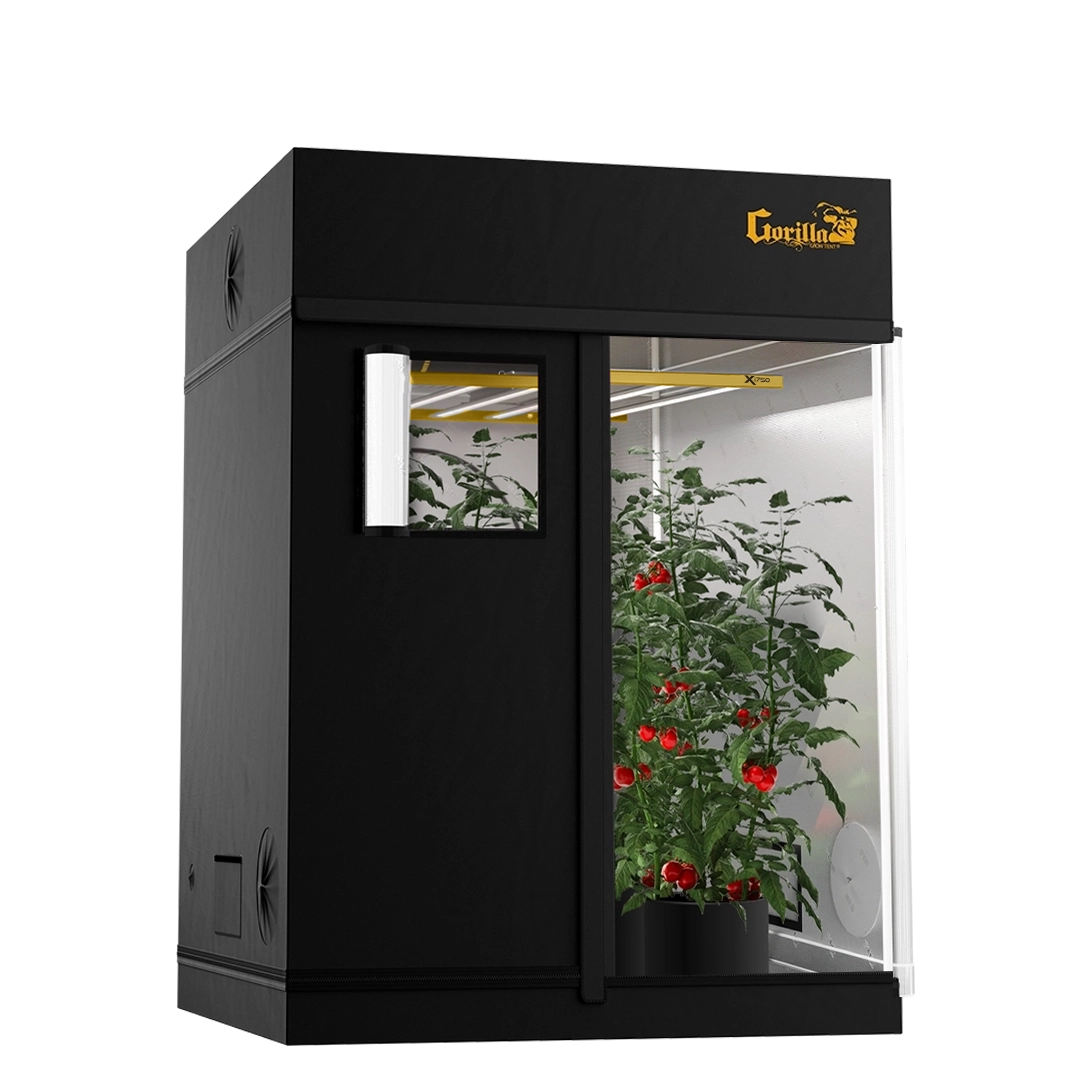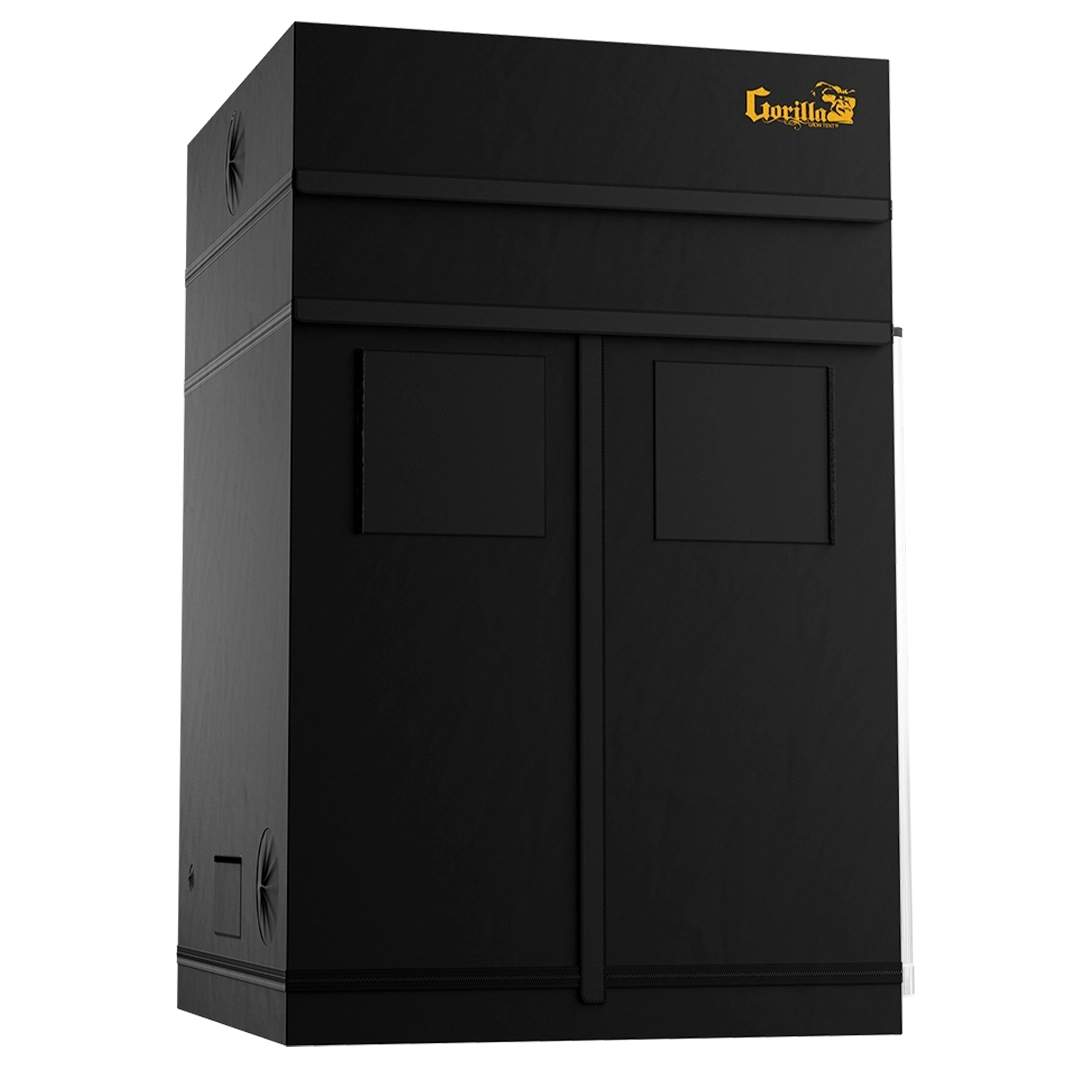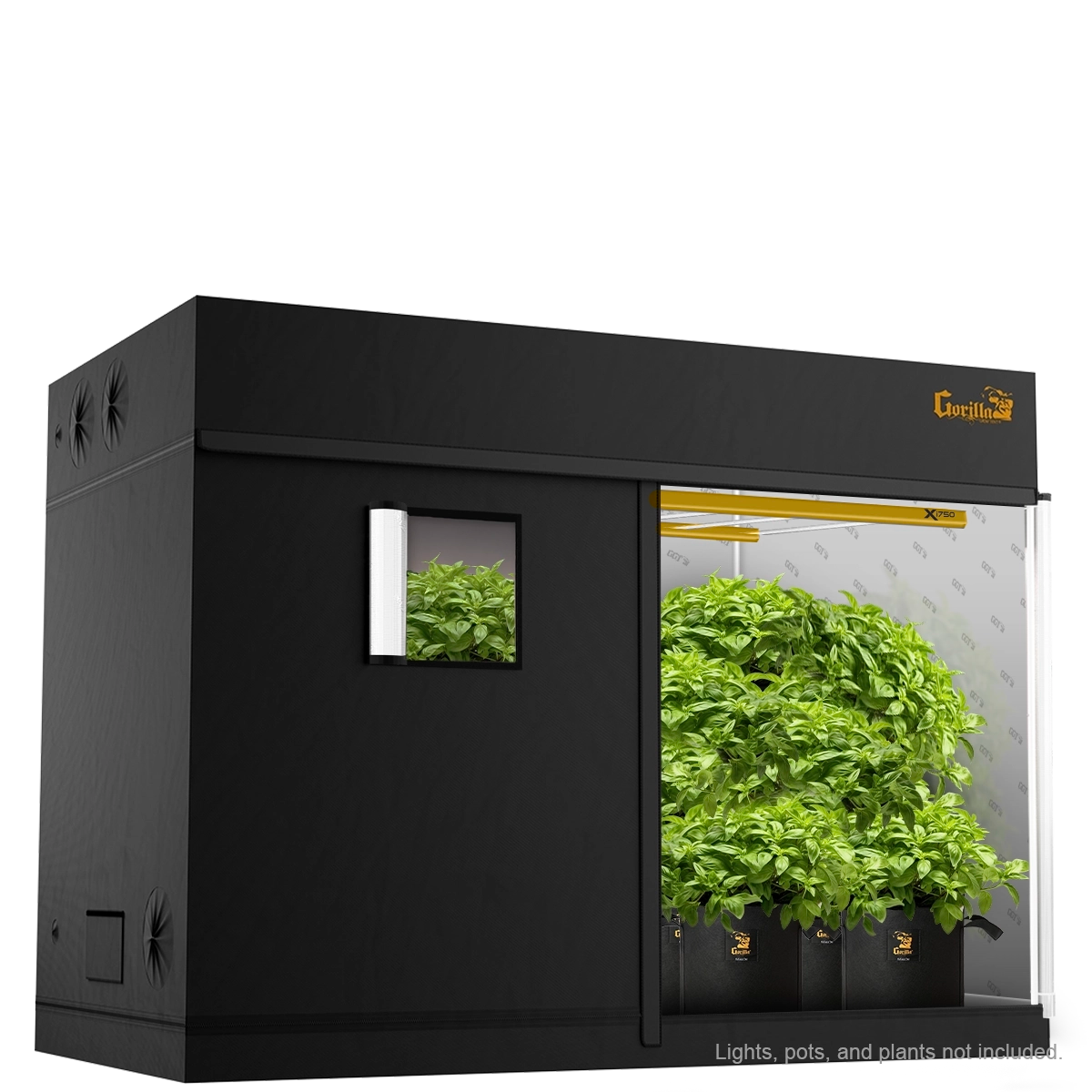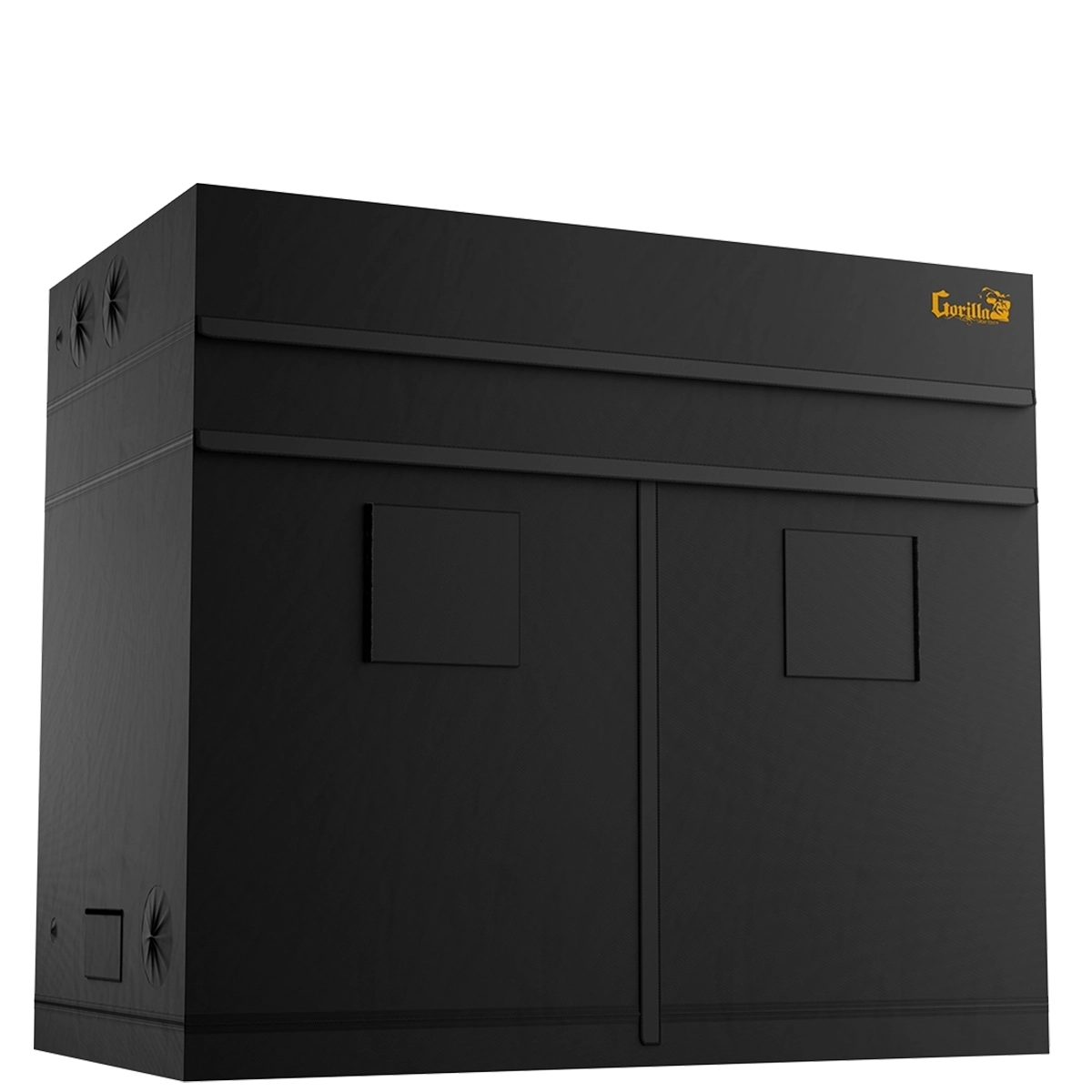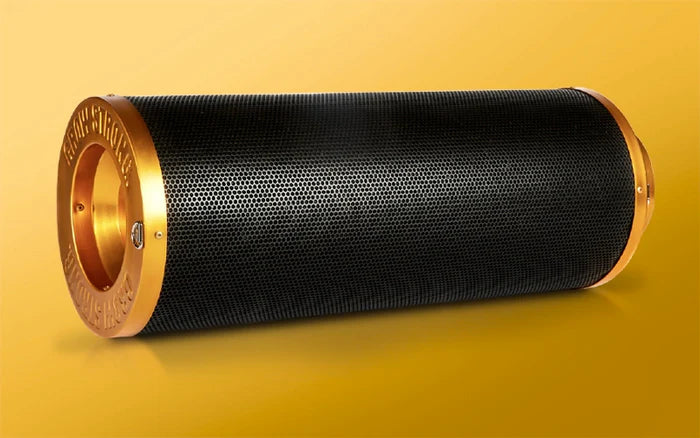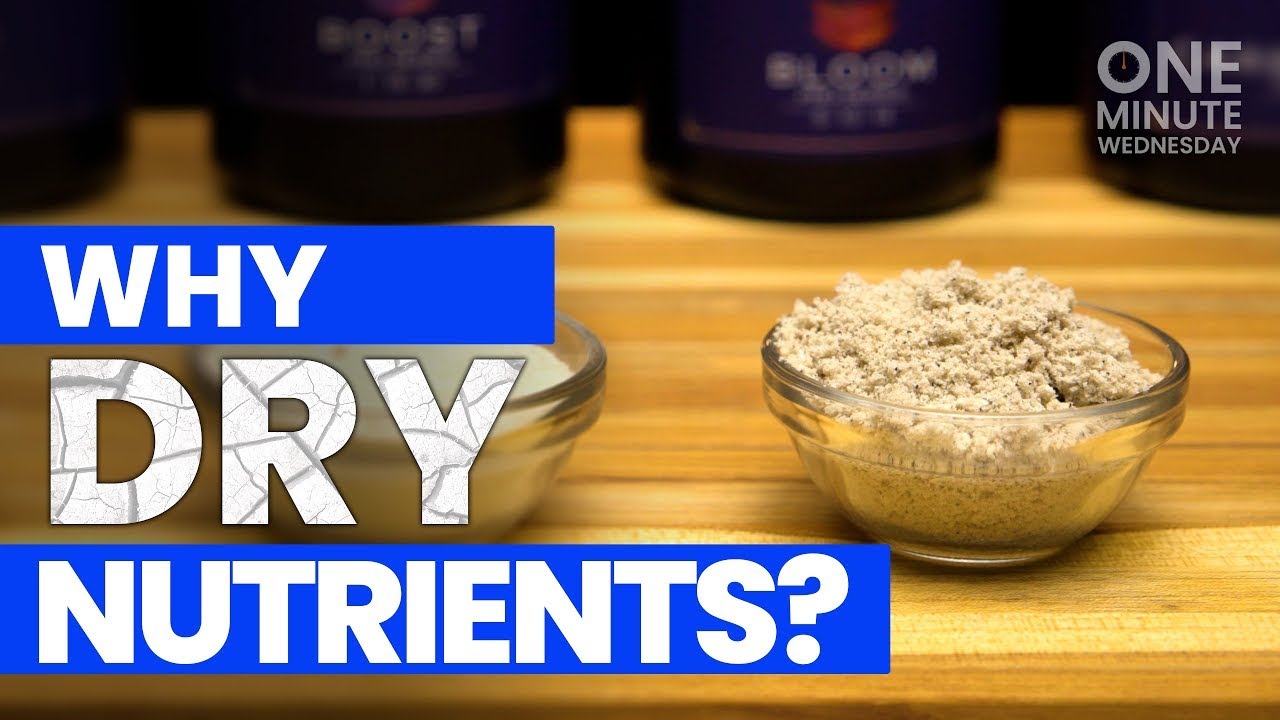
3x3 Grow Tent: How Large of an Inline Fan Do You Need?
Choosing the Right Inline Fan Size for a 3x3 Grow Tent
Why Ventilation is Important in a 3x3 Grow Tent
Proper ventilation is crucial for maintaining a healthy growing environment inside your 3x3 grow tent. Without adequate airflow, plants can suffer from mold, mildew, and poor growth. Inline fans play a key role in ensuring that your plants receive fresh air while also helping to control temperature and humidity levels.
Calculating the Required Inline Fan Size for a 3x3 Grow Tent
The size of the inline fan you need depends on several factors such as the size of your grow tent, the type of lights you use, and the environmental conditions. A 3x3 grow tent has 9 square feet of space, and the cubic feet per minute (CFM) of the fan will help you determine the right fan size for efficient air exchange.
Understanding Cubic Feet Per Minute (CFM)
CFM is a measure of how much air a fan can move per minute. To calculate the right CFM for your grow tent, you'll need to consider the tent's volume. A 3x3 grow tent with a typical height of 6 feet has a volume of 54 cubic feet (3x3x6 = 54). To maintain optimal airflow, you should aim to exchange the air in the tent at least once every 1-3 minutes.

Fan Size Recommendations for a 3x3 Grow Tent
Based on the calculations, a fan with a minimum of 108 CFM (2x the tent's volume) should be sufficient for basic ventilation. However, if you are using powerful grow lights that produce more heat, or if you are growing in a warmer environment, you may need a fan with a higher CFM rating. In these cases, a fan with around 200-300 CFM is recommended to ensure optimal airflow and temperature control.
Additional Factors to Consider
- Type of Grow Lights: HID lights produce more heat than LED lights, which may require a stronger fan to regulate temperature.
- Filters: If you're using a carbon filter for odor control, it will add resistance to the airflow. In this case, you should add 20-30% more CFM to your calculation to compensate.
- Ambient Temperature: Hotter climates will require more frequent air exchange, so a more powerful fan might be necessary to maintain stable conditions inside the tent.
Conclusion: Ideal Inline Fan Size for a 3x3 Grow Tent
For a 3x3 grow tent, an inline fan with a CFM rating of 200-300 will provide the best performance in most cases. This ensures proper air circulation, temperature control, and humidity regulation, which are all essential for healthy plant growth. When in doubt, it's better to choose a fan with slightly more power, as you can always use a fan speed controller to reduce the airflow if necessary.
Frequently Asked Questions
- Do I need a carbon filter with my inline fan? Yes, if you're concerned about odors, a carbon filter attached to your inline fan can help scrub the air before it's exhausted from the grow tent.
- What happens if my fan is too small? A fan that's too small won't be able to effectively regulate temperature or humidity, which can lead to plant stress and slow growth.
-
Can I use a larger fan? Yes, using a larger fan with a fan speed controller allows you to adjust the airflow to your desired level, ensuring optimal conditions for your plants.
Are grow tents worth the money?

